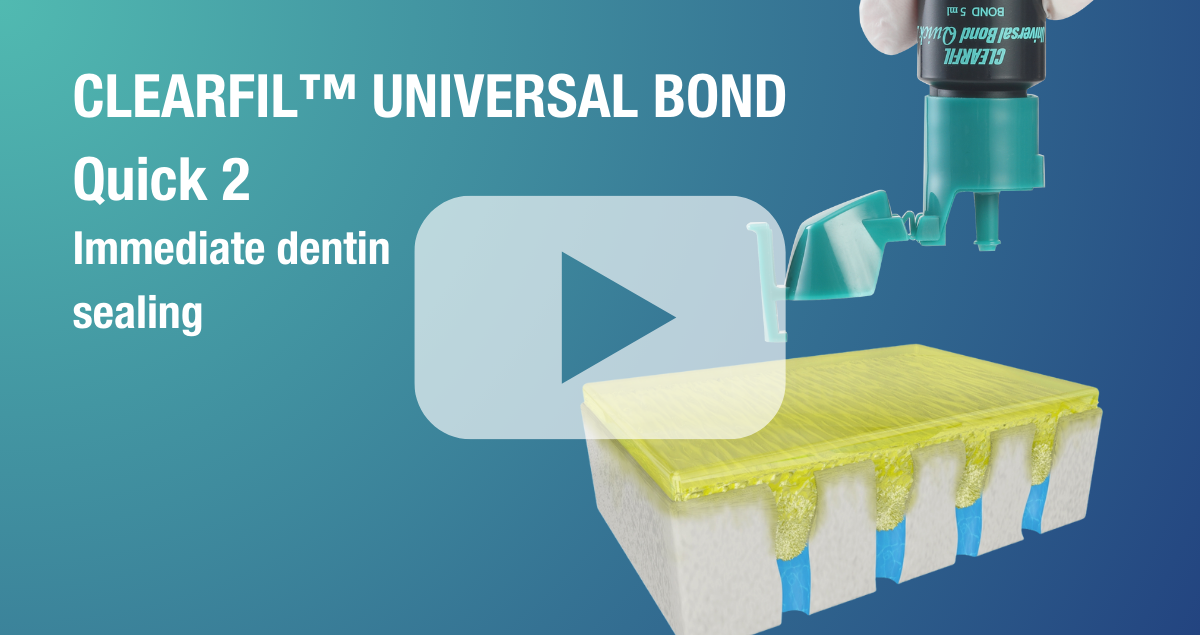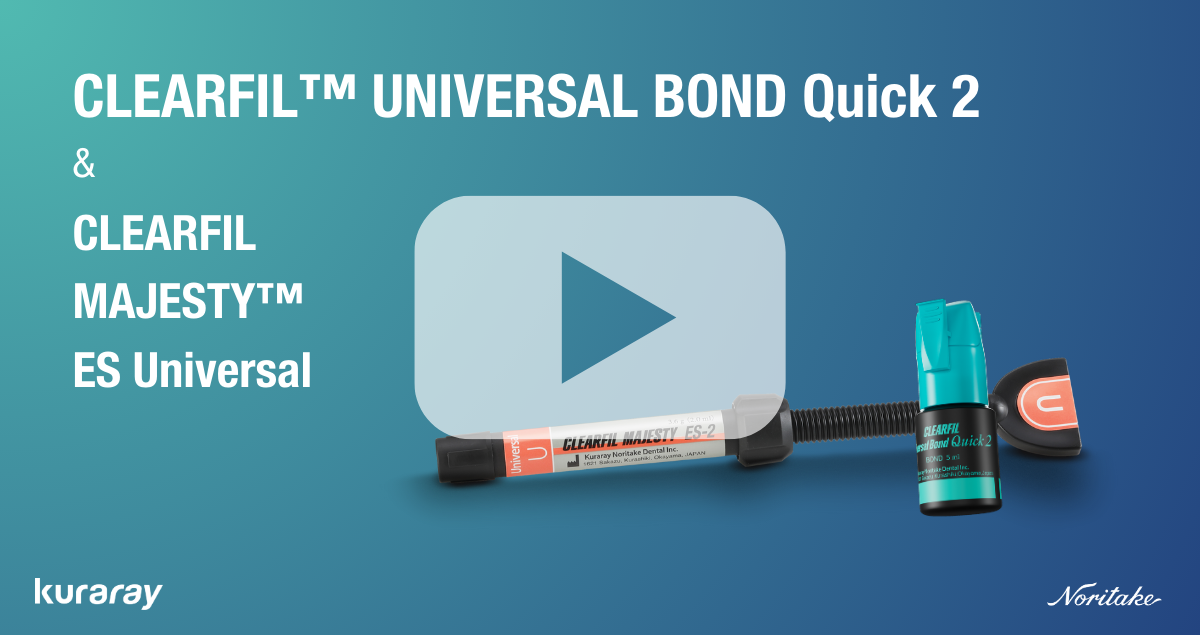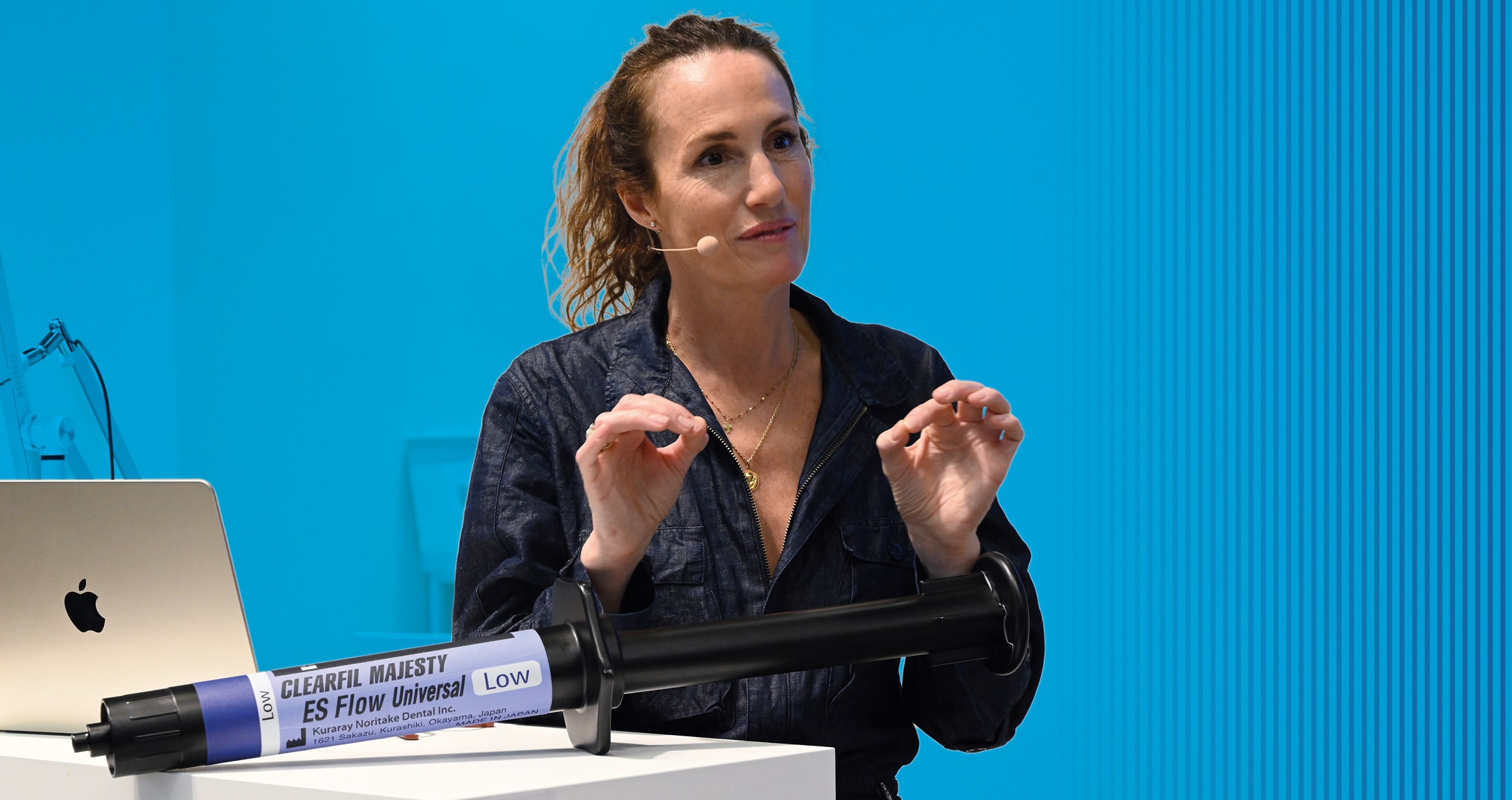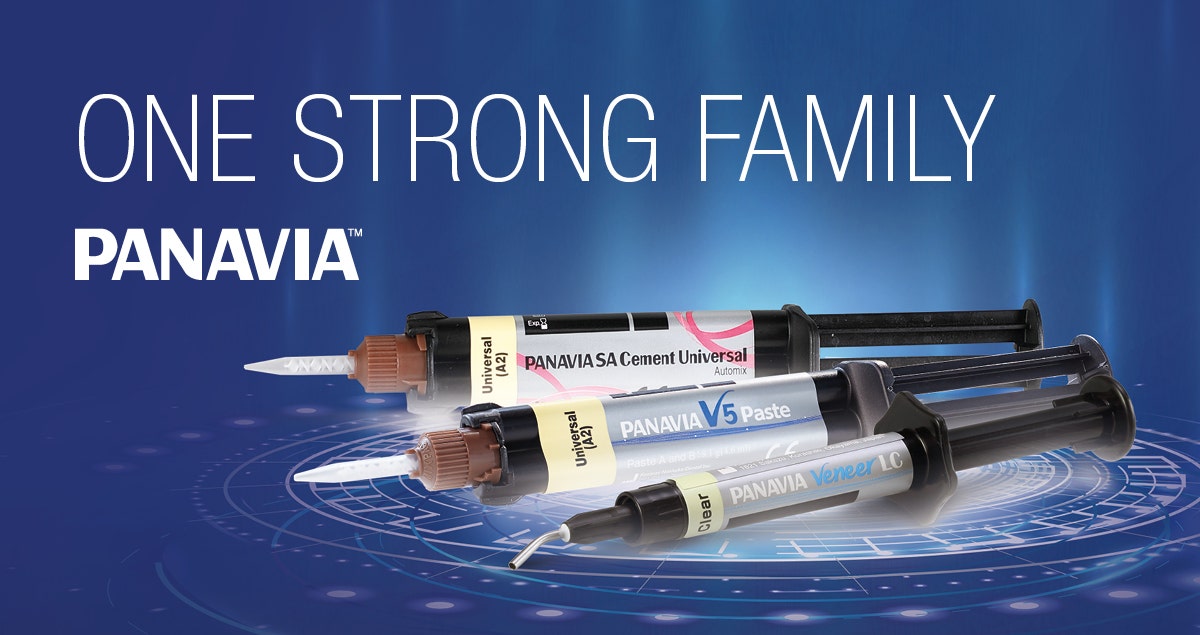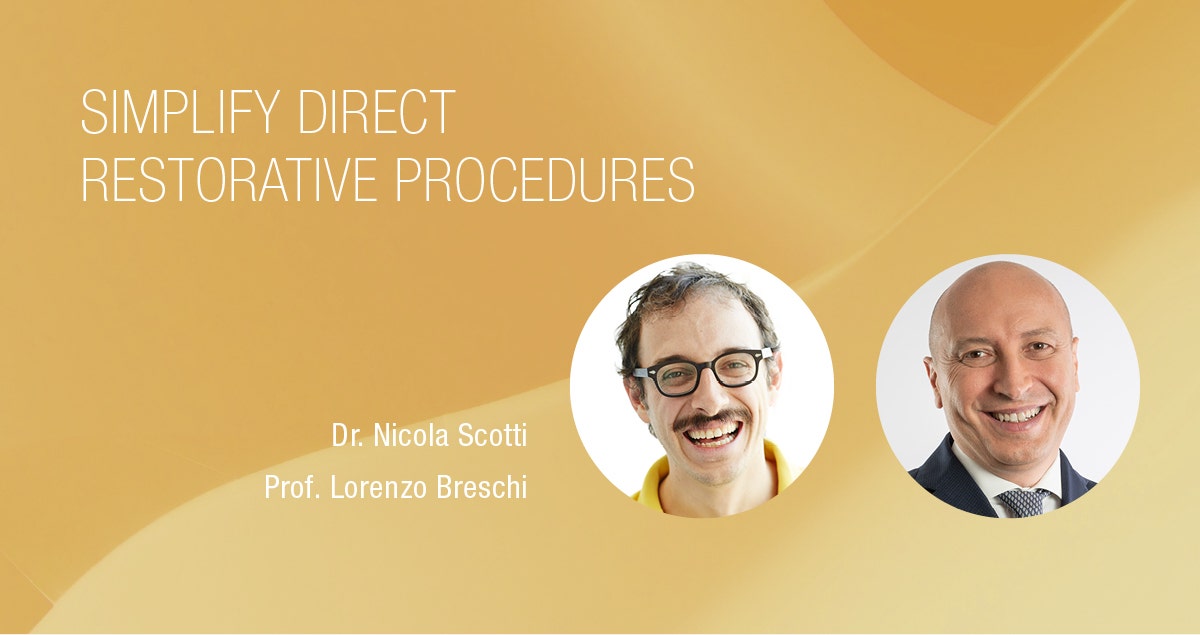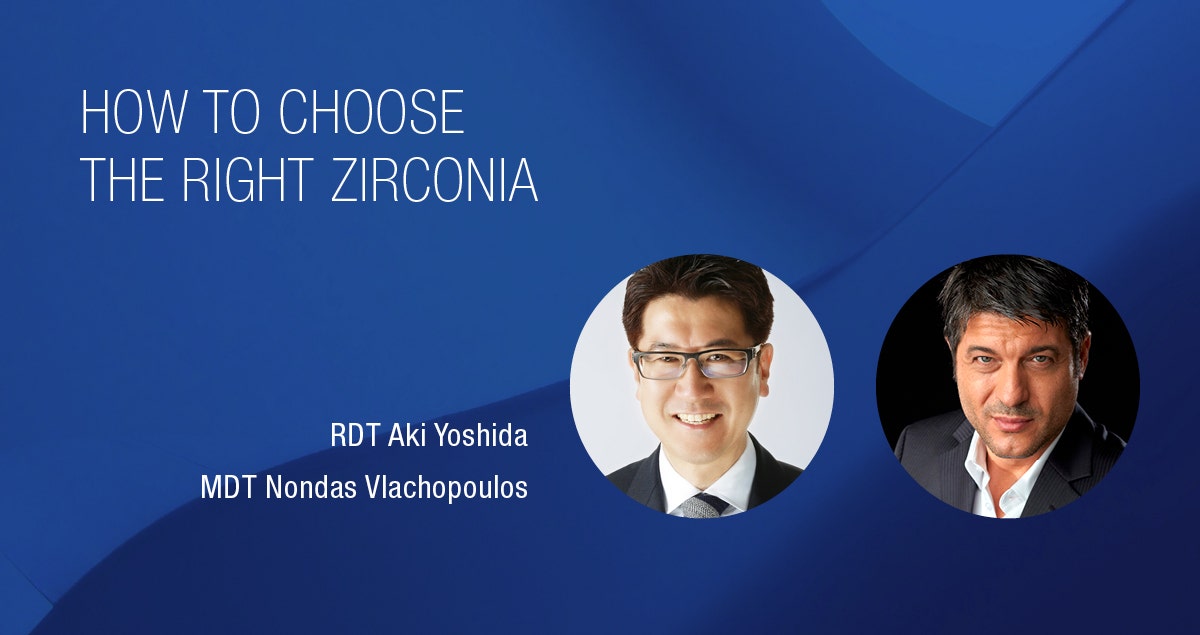PANAVIA™ family: Three options, all general cementation needs covered
Is it possible to reduce the number of different cements used in a dental office? In most cases, it is. Kuraray Noritake Dental Inc. is convinced that one or two resin cement systems are usually enough to cover every indication and every need for general cementation. The selection of products may be different depending on personal preferences and the focus on specific dental treatments.
That is why the company offers three high-quality resin cements, with which it is possible to meet the needs and desires of every dentist and patient. One product is available for those who would like to keep it as simple as possible while taking advantage of the multiple benefits resin cements offer over conventional cements. Another system is designed for those who demand highest possible bond strength and aesthetics. And finally, a light-curing system has been developed as a specialized solution for veneer cementation.
In order to facilitate decision making, this article provides in-depth information on each of the three systems and their specific strengths.
The everyday cement
Keeping cementation simple and efficient is possible by minimizing the number of work steps and components and solving existing challenges. The self-adhesive dual-cure resin cement PANAVIA™ SA Cement Universal has been designed for these purposes. The challenge of removing sticky excess cement is overcome by a formulation that allows for very easy excess clean-up.
Components are reduced as the product incorporates Kuraray Noritake Dental Inc.’s Original MDP Monomer and original silane coupling agent, the LCSi Monomer, for a strong and durable bond. While MDP establishes a strong and long-lasting chemical bond to enamel, dentin, metal and zirconia, LCSi is responsible for bonding to resin composite, porcelain and silica-type ceramics (like lithium disilicate), eliminating the need for separate primers.
This means that a single component is needed, which streamlines the procedure, leading to time savings and a minimized potential for errors. Due to its properties, PANAVIA™ SA Cement Universal is ideal for everyday procedures such as the permanent cementation of crowns and bridges made of zirconia, lithium disilicate, hybrid ceramic or even metal.
The strong and aesthetic allrounder
For those who place importance on achieving the highest possible bond strength and aesthetics, PANAVIA™ V5 is the solution. The reliable dual-cure cementation system consisting of a tooth primer, a cement paste and a ceramic primer produces the highest bond strength and aesthetics from the PANAVIA™ cement range.
Therefore, it is an excellent choice for a whole range of indirect restorations and for post-and-core procedures. As the well-aligned components are always combined and applied in the same way, standardization is supported, leading to predictable outcomes.
The veneer specialist
When fulfilling such demanding tasks as cementing veneers, every dental practitioner needs time. Especially when placing multiple veneers at once for the best aesthetic outcomes, having to race against the setting time is counterproductive. For this reason, Kuraray Noritake Dental Inc. developed PANAVIA™ Veneer LC, a light-curing resin cement system with an extended working time of 200 seconds* on the primer, which allows users to initiate polymerization whenever they are ready for it.
PANAVIA™ Veneer LC also offers a well-aligned paste viscosity and consistency for easy dispensing and seating, and comes in four highly colour-stable shades for long-lasting aesthetics. Finally, the system provides for easy excess removal after tack-curing and an excellent bond strength over time.
** Working time: sensitivity to light (8000 lux, ISO 4049)
Meeting expectations
The three products mentioned are precisely what is needed to cover every personal preference and specific indication. They are based on Kuraray Noritake Dental Inc.’s long-standing expertise in the development of adhesive resin cements. The first product from the PANAVIA™ brand was introduced in the 1980s and since then, the company never stopped improving the portfolio by combining existing technologies like the original MDP Monomer with newly developed ones, such as the LCSi Monomer and the Touch Cure Technology. All this ultimately resulted in the current lean portfolio of easy-to-use and highly aesthetic resin cements that provide top-level bond strength.


